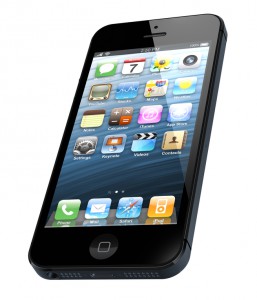
Just this past week Google announced that it was ramping up its organic sorting algorithm to enhance placement for mobile-friendly websites. The flip side of that is that sites that are not mobile-friendly will be getting pushed down in the listings.
Google did not a big caveat… If the site that is not mobile-friendly is the most relevant to the search query , it, the not mobile-friendly site may still be preferentially shown.
In lay terms, this announcement means that Google is totally jacked up on mobile and it is big business for them based on search trends and user demographics. Google has simply stated that having a mobile-friendly website is now no longer an after thought, but the new way to do business on the web.
What I know is that when Google says something, you’ve just got to listen. With many of our clients having over 50% of their website traffic from smartphones and more than 50% of AdWords clicks coming in from mobile devices, you’ve got to embrace the mobile experience. It is here to stay.



